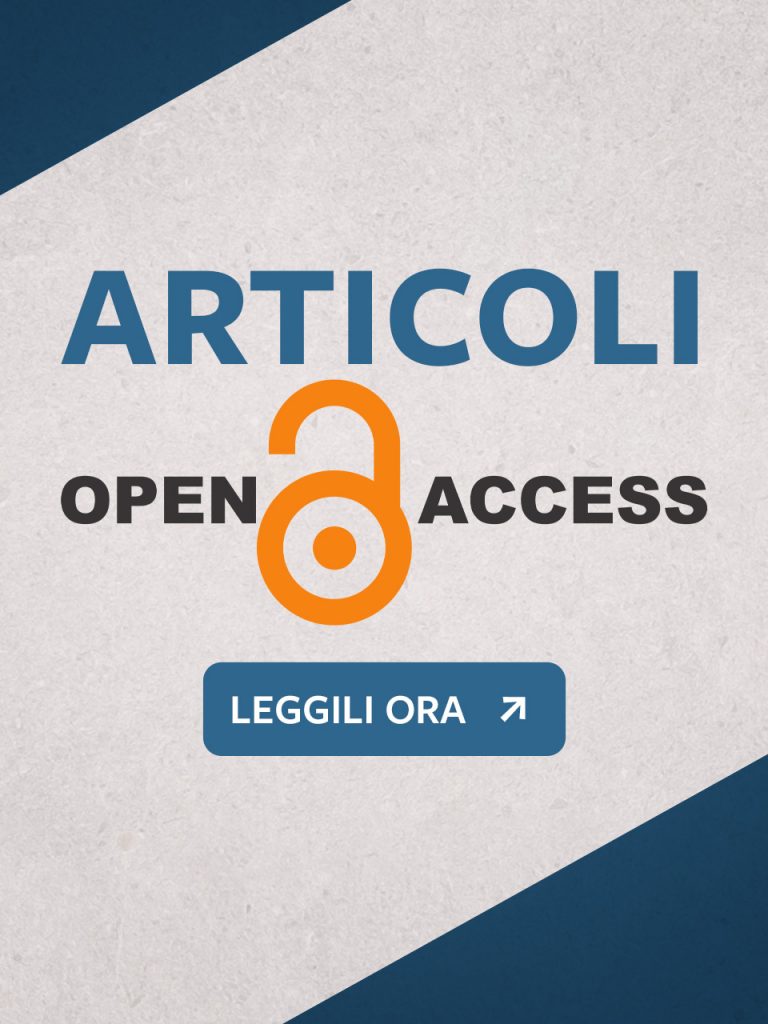Bilinguismo e disturbo specifico del linguaggio
Chiara Mezzedimi, Margherita Gavetta, Chiara Caiazza, Daniela Guerri, Walter Livi
Bilingualism is an increasing phenomenon. Speech therapists must fully understand the underlying dynamics in order to distinguish between typical and atypical speech development. The aim of this study is to evaluate a group of 55 bilingual children aged from 5 to 9 years old to describe their speech ability, classifying the obtained results according to age and type of bilingualism. Every child had to complete 4 psycho-linguistic tests, which consisted in 2 repetition tests (made of sentences and non-sentences), and 2 tests on clitics, evaluating comprehension and production. Parents had to fill in a questionnaire about their family context in order to distinguish between simultaneous and consecutive bilingualism. Thorough the elaboration of the results, it was possible to create a differential analysis on children’s speech ability according to age, showing possible alterations in all explored fields. The results showed that simultaneous bilingual children have a general benefit in linguistic abilities, whereas consecutive bilingual children have a slower speech development and more difficulties in solving tests. The analysis enabled a preliminary report on speech development in bilingualism, highlighting the most relevant factors in linguistic assessment, which speech therapists should consider in their own evaluations. This is just a preliminary study on bilingualism, aiming to sensitize speech therapists and help them in their work.
Keywords
Bilingualism, SLI, Speech ability.

